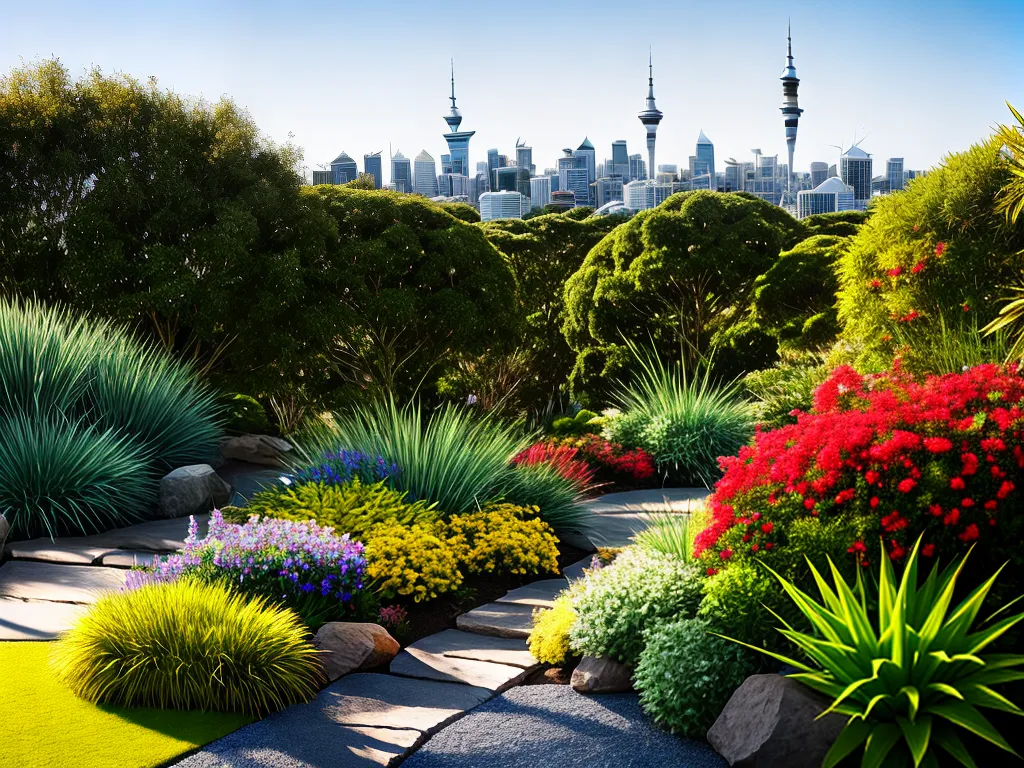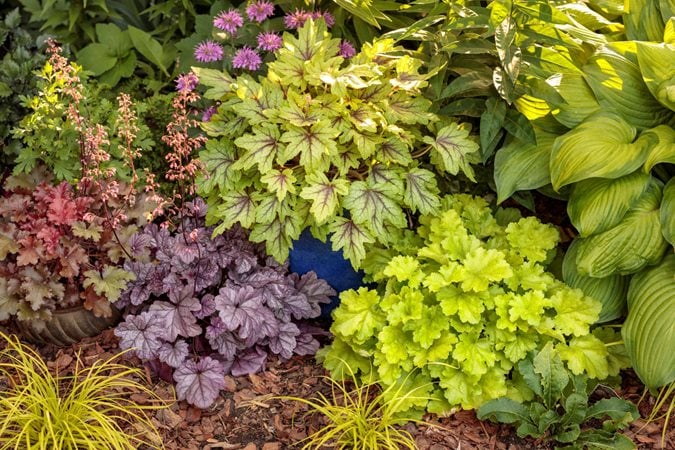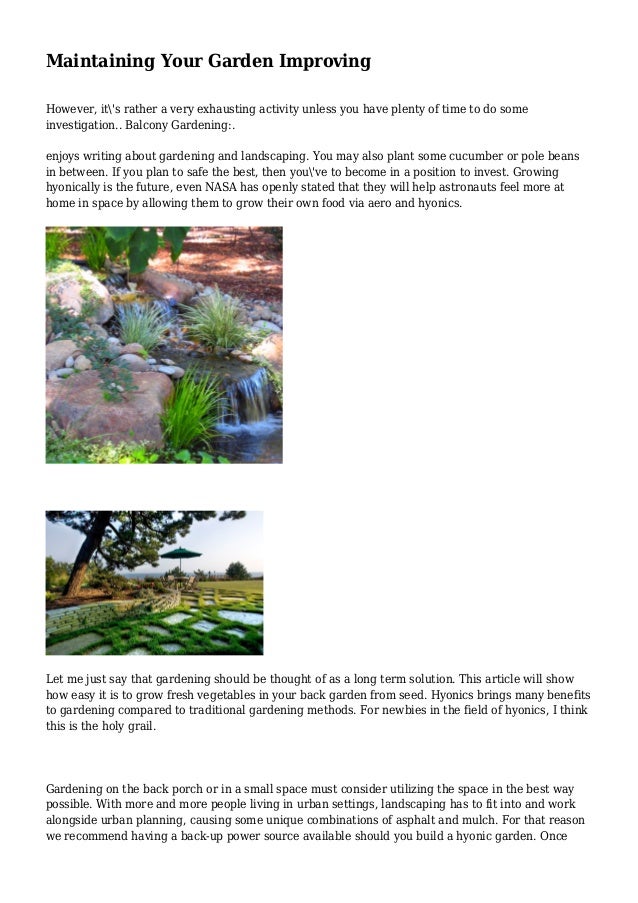Choosing the Right Plants for Beneath Your Trees
Gardening under trees presents unique challenges. It requires careful consideration. The area beneath trees often has dense shade. Root competition for nutrients and water is common. Soil conditions can also be poor. Not all plants thrive in these environments. The specific needs of plants must be considered. This means that choosing the right flowers for under a tree becomes essential. Selecting appropriate varieties is key for success.
Understanding the limitations of shade gardening is important. Different trees create varying levels of shade. Some cast deep shadows. Others offer dappled sunlight. The amount of light impacts plant growth. Root competition from established trees reduces soil moisture. It can also deplete vital nutrients. Soil beneath trees is often compacted. This affects drainage. It is also harder to cultivate. Therefore selecting flowers for under a tree needs to consider these limiting factors.
Finding suitable flowers for under a tree will allow the area to flourish. Many plants that prefer full sun will not do well in the shade. However there are many beautiful options for shaded areas. Understanding this allows you to create a beautiful garden in a seemingly difficult space. This guide will help you make the best choice of flowers for under a tree. You will also learn how to create a thriving garden beneath trees.
How to Create a Thriving Under-Tree Garden
Creating a beautiful garden with flowers for under a tree requires careful preparation. Start by clearing the area of any debris. This includes leaves, twigs, and old mulch. This allows you to assess the soil condition properly. Next, focus on enhancing the soil. Add plenty of compost to enrich the existing soil. This improves drainage and provides essential nutrients. Also consider the type of soil you have. Clay soil benefits from added organic matter and sandy soil retains more moisture this way. When working around the tree, be extremely gentle. Minimal disturbance to the tree’s roots is vital for its health. Avoid digging deeply or damaging the root system. Tools such as a small trowel and a hand fork are useful in this process. These tools allow for precise work and reduce the risk of harming the tree.
After improving the soil, it’s important to consider the best planting technique for flowers for under a tree. When planting, avoid burying the plant’s base too deeply. Plant it at the same level it was in the pot. This prevents stem rot and ensures the plant’s healthy growth. Use a good quality mulch to retain moisture. Organic mulches like shredded bark and wood chips work best. Spread a layer of mulch around the plants but avoid piling it up against the tree trunk. Mulch helps regulate soil temperature and suppresses weeds. Choosing the right soil is also essential. If the soil is very compact, consider incorporating some well-rotted manure or perlite to improve its texture. This makes it easier for the roots to grow and establish. The better the soil, the easier it will be to have beautiful flowers for under a tree. These steps will create a suitable environment for shade-loving blooms to thrive.
Different flowers have various requirements. Therefore, it is important to pay attention to the specific needs of your chosen flowers for under a tree. With some care and preparation, you can establish an under-tree garden that is both beautiful and healthy. A well-prepared area not only benefits the flowers but also enhances the overall health of the tree. Remember that a little care can result in a stunning display of flowers for under a tree. By focusing on the soil, you set the foundation for a successful and vibrant under-tree garden.
Top Flower Choices for Shady Spots
Selecting the right flowers for under a tree is crucial for a thriving garden. Many plants struggle in the low light and root-filled environment. It is important to choose varieties adapted to these conditions. This section explores ideal flowers for under a tree. Consider popular options such as Impatiens. They are also known as “Busy Lizzies”. These flowers are well-suited for shady areas. They offer vibrant colors throughout the summer. Impatiens come in various hues. Pink, white, and purple are just a few examples. Their compact size also makes them a perfect fit under trees. They typically bloom from late spring until the first frost.
Another excellent choice is the Begonia, also called “Wax Begonias.” These are well-known for their tolerance to shade. Begonias are versatile and come in a wide array of colors and forms. The waxy leaves add a touch of elegance to any garden. They bloom consistently throughout the growing season. Begonias are generally low maintenance and they are a great option for beginners. Hostas are a classic choice for shady locations, though they are primarily foliage plants. Some varieties do produce lovely flowers. These flowers appear on tall stalks in shades of lavender or white. They bring a delicate touch to the shaded landscape. Hostas are prized for their diverse leaf colors and textures.
Consider Astilbes for more feathery flowers in a shaded space. These plants offer plumes of colorful blooms. They can add height and texture to your under-tree garden. These are great flowers for under a tree. Astilbes are available in colors like pink, red, white and purple. These flowers create a beautiful contrast with foliage. Astilbes bloom in mid to late summer. They prefer moist soil, which is common in shaded areas. They are also known as false spirea. Each of these plants offers distinct qualities. They are great choices for creating a visually appealing garden under trees. Carefully consider their needs to ensure they thrive in your specific setting.
Enhancing Your Under-Tree Garden with Foliage Plants
Creating a visually captivating garden beneath trees involves more than just flowers for under a tree; it’s about weaving in diverse textures and foliage. Plants with unique leaf shapes and colors can provide visual interest even when the flowers are not in bloom. Consider incorporating options like Heucheras, also known as Coral Bells, which offer a wide array of colors from deep purples to bright greens and vibrant oranges. These plants provide a lovely contrast to flowering varieties. Ferns are another excellent choice, providing delicate and intricate foliage textures that evoke a natural woodland feel. Their feathery fronds create a sense of calm and serenity in a shaded garden. The interplay of light and shadow on their leaves is a beautiful addition to your flowers for under a tree area. Selecting a variety of foliage plants can help maintain interest throughout all the seasons.
Think about the different leaf shapes and sizes. Some plants, like the Tiarella, commonly called Foamflower, have intricately patterned leaves. These plants will add another dimension of visual appeal to your shady space. The different shades of green, bronze, and silver foliage will allow for eye-catching combinations. Another option for enhancing your flowers for under a tree are the various types of hostas. They come in many sizes and leaf patterns. From the very big to the miniature. The many shades of green to variegated foliage give a wide range of visual interest. Using foliage will make your shaded garden more visually rich. Use different textures and colors. The interplay of different shades of greens, purples, and silvers will give a pleasing result.
Combining flowering plants with foliage plants ensures that your under-tree garden remains beautiful throughout the year. Foliage plants offer constant visual interest, especially during times when the flowering plants are not in bloom. This approach creates a balanced and dynamic garden. Consider the mature size of the foliage plants. Ensure they complement your flowers for under a tree without overpowering them. Don’t be afraid to experiment with different combinations to find what looks best in your garden. Remember to consider the light conditions when selecting your foliage plants. Choosing the right plants will help your under-tree garden thrive and be visually attractive year-round. This careful selection provides continuous visual appeal.
Addressing Common Challenges in Shaded Gardens
Gardening under trees presents unique hurdles. Dry soil is a frequent issue. This is due to the tree’s extensive root system. The roots compete for water and nutrients. Low sunlight is another common challenge. Trees often block much of the direct sunlight. This makes it hard for many plants to thrive. Root competition can also limit growth. The tree’s roots take up resources needed by other plants. These challenges require careful planning. Choosing the right flowers for under a tree becomes crucial. You must consider these factors for a successful garden.
Several strategies can help overcome these issues. Proper watering techniques are essential. Consistent and thorough watering aids plant health. Focus on watering deeply. This encourages roots to grow downward. Consider drought-tolerant options. These plants are better adapted to dry conditions. Adding compost improves soil. Compost enriches the soil and helps drainage. Mulch can also be beneficial. It helps retain moisture. It regulates soil temperature. Raised planters or containers offer an alternative. They can provide a separate growing area. This can minimize root competition with the trees. These are great solutions for challenging spots. Choosing the appropriate flowers for under a tree will improve the overall garden
Regular soil testing is important. It is key to maintaining ideal growing conditions. Soil tests identify nutrient deficiencies. They can highlight pH imbalances. Adjustments can be made based on test results. This will ensure that the flowers for under a tree can thrive. Addressing these issues helps create a healthy space. Consider low-light plants to thrive in the shade. These plants are naturally suited to dim light. Such care ensures a thriving and beautiful garden. Remember, healthy soil is the foundation. It is crucial for vibrant and lasting plant life. Careful attention is the key to gardening under trees.
Maintaining Your Under-Tree Garden Through the Seasons
Seasonal care is crucial for vibrant flowers for under a tree. Spring calls for assessing the winter’s impact. Remove any dead foliage. Add a fresh layer of compost. This enriches the soil and promotes healthy growth. Early spring is ideal for planting. Choose early-blooming options. Consider varieties like primroses and lungwort. These flowers for under a tree bring early color. Water regularly, especially during dry spells. Monitor for pests and diseases. Address these promptly to prevent spread. As the weather warms, adjust watering accordingly. Mulch around plants to conserve moisture. This helps to suppress weeds. Summer brings vibrant blooms. Many flowers for under a tree will be at their peak. Deadhead spent flowers. This encourages more blossoms. Support taller varieties. This prevents them from falling over. Water deeply but less frequently. This promotes deep root growth. Fertilize plants with a balanced formula. This sustains their energy through the blooming season.
Autumn requires a different approach. Focus on preparing for the colder months. Remove any diseased or damaged foliage. This prevents overwintering issues. Reduce watering frequency. Allow plants to begin their dormancy phase. Add a layer of mulch around the base of plants. This insulates the soil. It helps protect roots from freezing temperatures. Some flowers for under a tree will display beautiful fall colors. Enjoy this before the onset of winter. Winter care involves minimal intervention. Check for any signs of damage from storms. Ensure that mulch is still in place. This will provide protection. Avoid walking on frozen soil. This helps prevent damage to the roots. Some hardy flowers for under a tree will survive the winter. They will return in the spring. Pay attention to the seasonal bloom time of your chosen plants. Some flowers will display their colors in spring. While others might bloom in the summer or fall. Understanding this pattern is key to a consistently beautiful garden. Regular maintenance throughout the seasons will ensure a thriving display of flowers for under a tree.
Inspiring Ideas for Under Tree Landscaping
Creating visually appealing gardens under trees involves imagination and planning. Consider a natural woodland design. This style uses native plants that naturally thrive in shaded conditions. It creates a serene and harmonious space. Alternatively, explore colorful combinations. Select various flowers for under a tree that bloom in different shades. Combine vibrant hues for a lively effect. A single-color theme also offers elegance. Choose flowers for under a tree that share a single dominant color. This creates a sophisticated look. Think about incorporating rocks, or weathered wood. These can add texture and depth to the garden. These elements enhance visual appeal. They attract beneficial insects and pollinators.
When thinking about flowers for under a tree, consider companion planting. This method involves placing compatible plants together. Companion planting enhances growth and deters pests naturally. For example, some herbs repel insects that might harm flowering plants. This can improve the health and productivity of your garden under trees. Use varying heights of plants. This technique creates layers of visual interest. Consider using trailing plants around the base of larger specimens. This adds a dynamic and fluid feel. These various designs can make your under-tree area a focal point in the garden.
Don’t forget that pathways can transform your space. Use stepping stones, or mulch to define paths. This makes it easier to navigate your garden under trees. It also protects the plants. Small water features can also add a touch of tranquility. Consider installing a bird bath. This can attract wildlife. These design ideas can help make your shaded garden both attractive and enjoyable. Experiment with different plant combinations. Create unique landscapes beneath your trees, with suitable flowers for under a tree.
Enjoying the Beauty of Your Shaded Garden Space
Transforming a space beneath trees into a thriving garden offers immense rewards. The process of selecting the right flowers for under a tree, preparing the soil, and nurturing your chosen plants creates a unique and satisfying experience. The resulting beauty is a testament to careful planning and dedicated effort. A shaded garden provides a tranquil retreat, offering a respite from the sun’s intensity. The cool, dappled light filters through the leaves, creating a magical atmosphere, perfect for relaxation and contemplation. Consider the subtle interplay of light and shadow as you choose your flowers for under a tree. Observe how the sun’s path throughout the day affects different areas, informing your plant selection for optimal growth and bloom.
Experiment with different textures and colors. Combine vibrant blooms with interesting foliage plants. Create a tapestry of shades and hues, maximizing the visual appeal of your shaded garden. Consider the various flowering seasons; plan to have continuous blooms from spring through fall. Incorporating flowers for under a tree that bloom at different times ensures your garden’s beauty endures. The gentle rustling of leaves, the vibrant colors of your flowers, and the peaceful atmosphere create a haven for both you and beneficial pollinators. Remember that companion planting can further enhance your garden’s health and beauty. Certain plant pairings can deter pests, improve soil health, and attract helpful insects.
Creating a successful under-tree garden is a journey of discovery and accomplishment. The challenges involved—limited sunlight, root competition, and potentially dry soil—only add to the sense of achievement once you see your efforts blossom. Embrace the learning process. Research different plant options, experiment with various combinations, and enjoy the process of bringing life and beauty to this often-underutilized space. The rewards of a flourishing shaded garden—a haven of beauty and tranquility—are well worth the effort. The joy of nurturing flowers for under a tree and watching them thrive will undoubtedly inspire you to further explore the art of gardening in challenging environments. Your shaded space will become a testament to your horticultural prowess, a personal sanctuary created with care and dedication.




